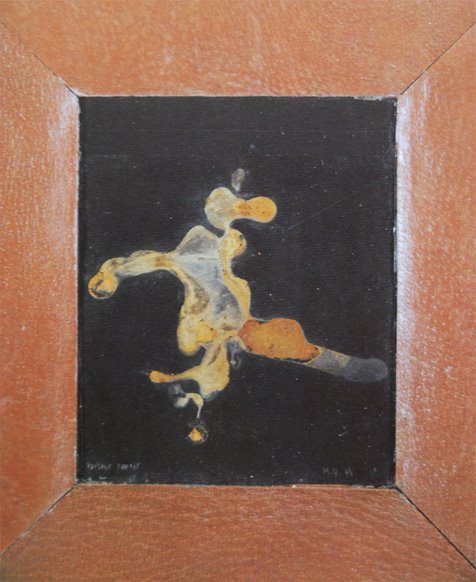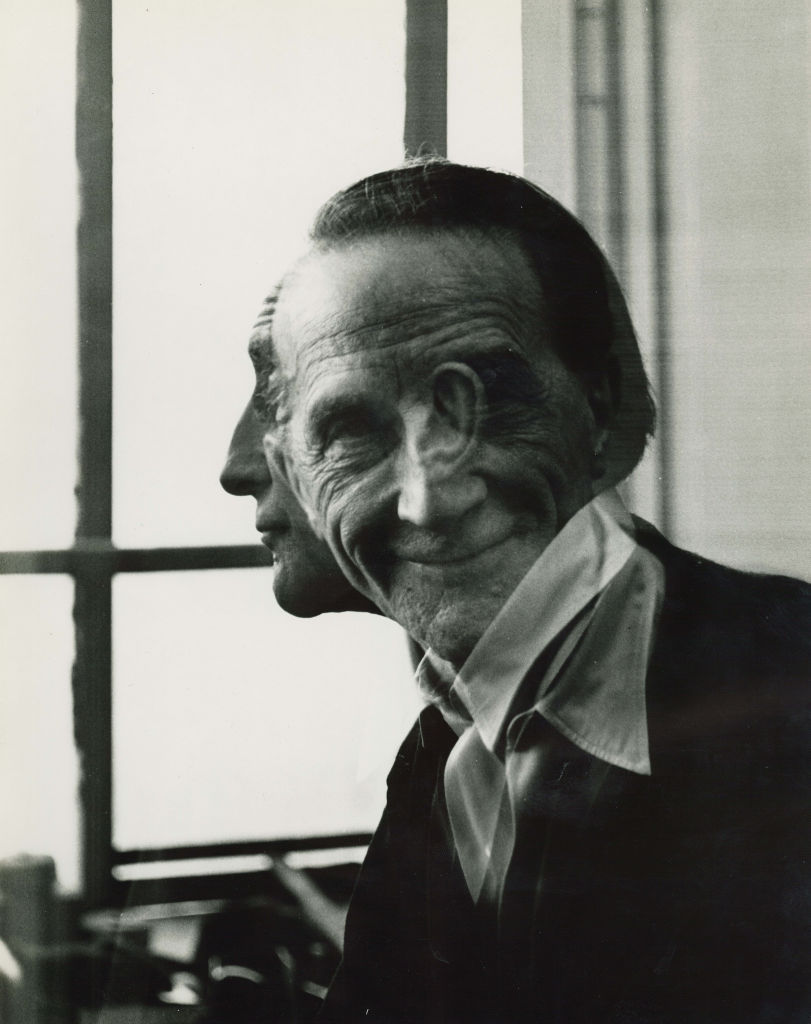All of this is from The Renaissance (1877); final edition (1894).
Hugely influential book on Oscar Wilde
Outlines the concept of aesthetic a priori
Hugely influential on Clement Greenberg / Abstract Expressionism (see: "Modern Painting" and "Towards a New Laocoon")
Hugely influential on Susan Sontag, whose "Against Interpretation" is essentially a ersatz twentieth century transcription of the below -- she rails against hermeneutic analysis and calls for "in place of a hermeneutic we need an erotics of art."
“Preface to the Renaissance”
To define beauty, not in the most abstract but in
the most concrete terms possible, to find not its universal formula, but the
formula which expresses most adequately this or that [vii/viii] special
manifestation of it, is the aim of the true student of aesthetics.
What is this song or picture, this engaging
personality presented in life or in a book, to me? What effect does it really
produce on me? Does it give me pleasure? and if so, what sort or degree of
pleasure? How is my nature modified by its presence, and under its influence?
And he who experiences these impressions strongly,
and drives directly at the discrimination and analysis of them, has no need to
trouble himself with the abstract question what beauty is in itself, or what
its exact relation to truth or [viii/ix] experience--metaphysical questions, as
unprofitable as metaphysical questions elsewhere. He may pass them all by as
being, answerable or not, of no interest to him.
Our education becomes complete in proportion as
our susceptibility to these impressions increases in depth and variety. And the
function of the aesthetic critic is to distinguish, to analyse, and separate
from its adjuncts, the virtue by which a picture, a landscape, a fair
personality in life or in a book, produces this special impression of beauty or
pleasure, to indicate what the source of that impression is, and under what
conditions it is experienced.
What is important, then, is not that the critic
should possess a correct abstract definition of beauty for the intellect, but a
certain kind of temperament, the power of being deeply moved by the presence of
beautiful objects. He will remember always that beauty exists in many forms. To
him all periods, types, schools of taste, are in themselves equal.
those who prosecute either of them are generally
little [xiii/xiv] curious of the thoughts of others.
“The School of Giorgione”
It is the mistake of much popular criticism to
regard poetry, music, and painting — all the various products of art — as but
translations into different languages of one and the same fixed quantity of
imaginative thought, supplemented by certain technical qualities of colour, in
painting; of sound, in music; of rhythmical words, in poetry.
Each art, therefore, having its own peculiar and
untranslatable sensuous charm, has its own [130/131] special mode of reaching
the imagination, its own special responsibilities to its material. One of the
functions of aesthetic criticism is to define these limitations; to estimate
the degree in which a given work of art fulfils its responsibilities to its
special material; to note in a picture that true pictorial charm,
All art constantly aspires towards the condition
of music. For while in all other kinds of art it is possible to distinguish the
matter from the form, and the understanding can always make this distinction,
yet it is the constant effort of art to obliterate it. That the mere matter of
a poem, for instance, its subject, namely, its given incidents or situation —
that the mere matter of a picture, the actual circumstances of an event, the
actual topography of a landscape — should be nothing without the form, the
spirit, of the handling, that this form, this mode of handling, should become
an end in itself, should penetrate every part of the matter: this is what all art
constantly strives after, and achieves in different degrees.
Art, then, is
thus always striving to be independent of the mere intelligence, to become a
matter of pure perception, to get rid of its responsibilities to its subject or
material; the ideal examples of poetry and painting being those in which the
constituent elements of the composition are so welded together, that the
material or subject no longer strikes the intellect only; nor the form, the eye
or the ear only; but form and matter, in their union or identity, present one
single effect to the "imaginative reason," that complex faculty for
which every thought and feeling is twin-born with its sensible analogue or
symbol.
It is the art
of music which most completely [138/139] realises this artistic ideal, this
perfect identification of matter and form. In its consummate moments, the end
is not distinct from the means, the form from the matter, the subject from the
expression; they inhere in and completely saturate each other; and to it, therefore,
to the condition of its perfect moments, all the arts may be supposed
constantly to tend and aspire.
“Conclusion to the Renaissance”
[I’ve essentially copied the whole thing.]
What is the whole physical life in that moment but a
combination of natural elements to which science gives their names?
At first sight experience seems to bury us under a flood of
external objects, pressing upon us with a sharp and importunate reality, calling
us out of ourselves in a thousand forms of action. But when [235] reflexion
begins to play upon these objects they are dissipated under its influence; the
cohesive force seems suspended like some trick of magic; each object is loosed
into a group of impressions–colour, odour, texture–in the mind of the observer.
And if we continue to dwell in thought on this world, not of objects in the
solidity with which language invests them, but of impressions, unstable,
flickering, inconsistent, which burn and are extinguished with our consciousness
of them, it contracts still further: the whole scope of observation is dwarfed into
the narrow chamber of the individual mind.
It is with this movement, with the passage and dissolution
of impressions, images, sensations, that analysis leaves off–that continual vanishing
away, that strange, perpetual weaving and unweaving of ourselves.
The service of philosophy, of speculative culture, towards
the human spirit, is to rouse, to startle it to a life of constant and eager
observation.
A counted number of pulses only is given to us of a
variegated, dramatic life. How may we see in them all that is to seen in them
by the finest senses? How shall we pass most swiftly from point to point, and be
present always at the focus where the greatest number of vital forces unite in
their purest energy? To burn always with this hard, gemlike flame, to maintain
this ecstasy, is success in life.
While all melts under our feet, we may well grasp at any
exquisite passion, or any contribution to knowledge that seems by a lifted horizon
to set the spirit free for a moment, or any stirring of the senses, strange
dyes, strange colours, and curious odours, or work of the artist’s hands, or
the face of one’s friend. Not to discriminate every moment some passionate attitude
in those about us, and in the very brilliancy of their gifts some tragic
dividing of forces on their ways, is, on this short day of frost and sun, to
sleep before evening.
The theory or idea or system which requires of us the
sacrifice of any part of this experience, in consideration of some interest into
which we cannot enter, or some abstract theory we have not identified with
ourselves, [238] or of what is only conventional, has no real claim upon us.
Some spend this interval in listlessness, some in high
passions, the wisest, at least among “the children of this world,” in art and
song. For our one chance lies in expanding that interval, in getting as many
pulsations as possible into the given time.
Of such wisdom, the poetic passion, the desire of beauty,
the love of art for its own sake, has most. For art comes to you proposing
frankly to give nothing but the highest quality to your moments as they pass,
and simply for those moments’ sake.









